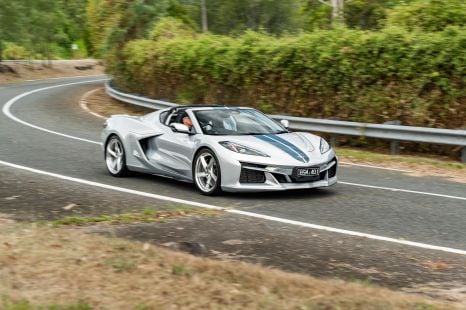

CarExpert.com.au
The CarExpert team's favourite cars of 2025
2 Hours Ago
Volkswagen's CEO acknowledges its interiors have frustrated loyal customers and work is underway to fix key pain points.

News Editor
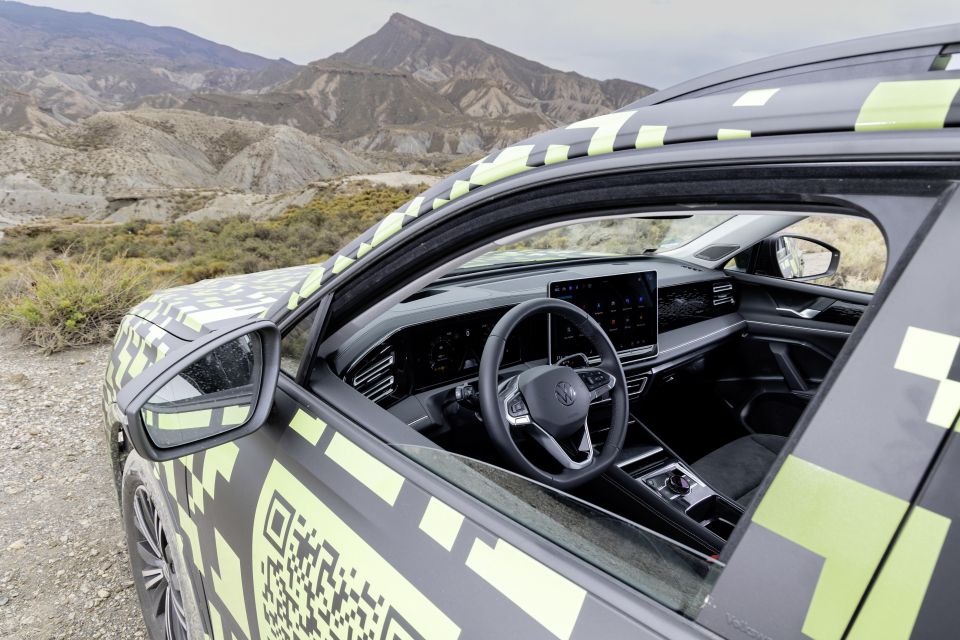

News Editor
The Volkswagen brand’s CEO has made a candid admission about his car’s interiors and how they’ve alienated customers.
Since taking over from Herbert Diess as CEO in July 2022, Thomas Schäfer has been upfront about some of the more frustrating details approved by his predecessor.
In his strongest remarks yet, he acknowledged features like haptic steering wheel switchgear and touch-capacitive climate control sliders “definitely did a lot of damage” to Volkswagen’s standing among loyal customers.
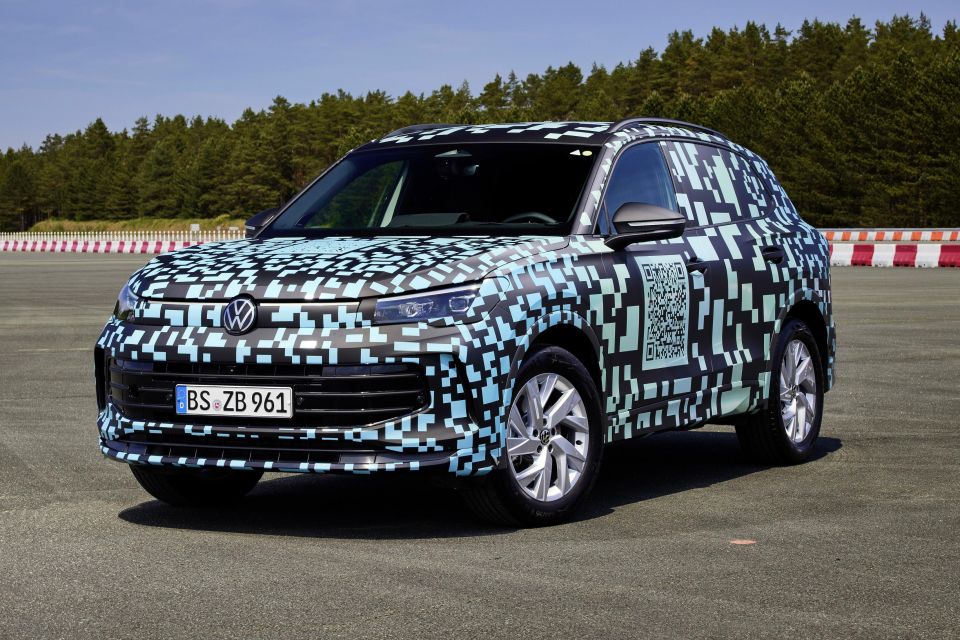
“We had frustrated customers who shouldn’t be frustrated,” Mr Schäfer told Autocar.
“So we’ve spent a lot of time now – working through really systematically – on what all the functions are that a customer usually touches when using a vehicle.”
The CEO confirmed late last year he was working to drop or modify these controversial features, announcing the sliders would become illuminated and steering wheels would return to traditional buttons.
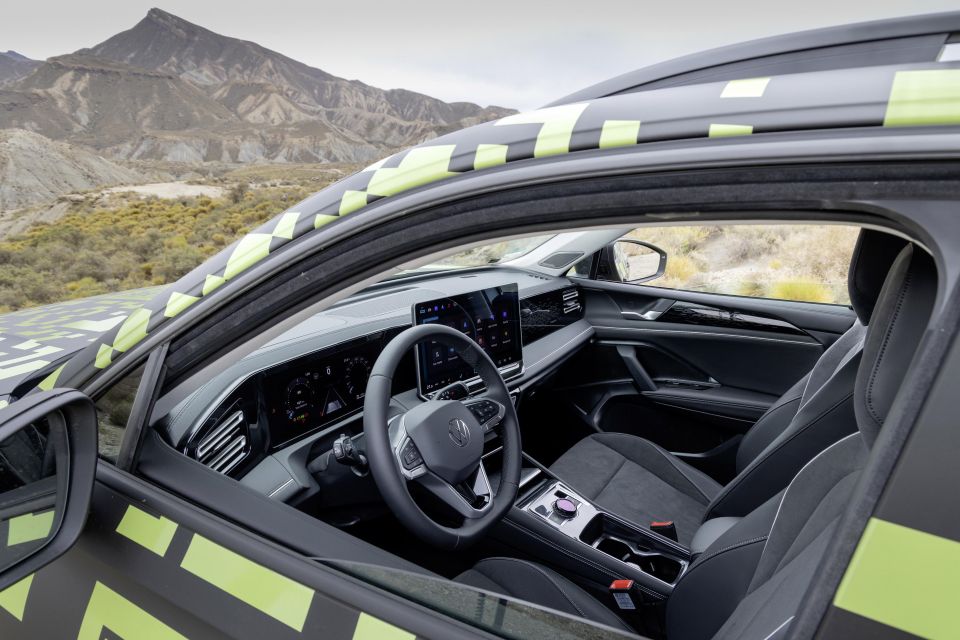
The upcoming 2024 Tiguan’s interior is a proof of concept of what Volkswagen interiors will look like moving forward.
While it has an even larger touchscreen than before and relatively little in the way of physical switchgear, it has a rotary controller on its centre console for drive mode and volume settings, as well as proper buttons on its steering wheel.
Don’t expect future Volkswagens to reinvent the wheel when it comes to interiors, with careful evolution now the watchword.
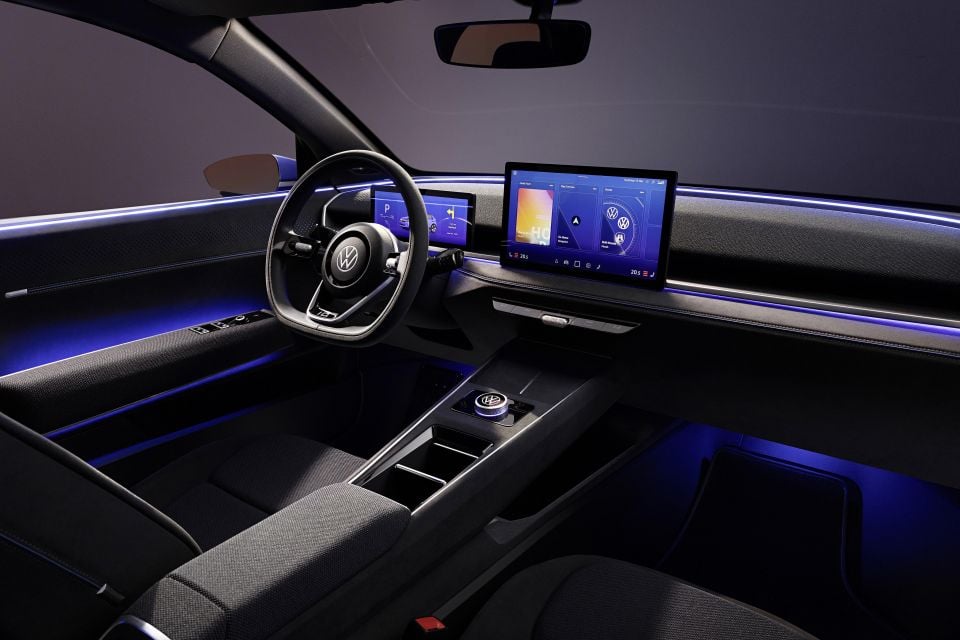
“Once you have it, don’t touch it again. Bloody leave it. Don’t confuse our customers every time a new model comes out and something is completely different. Optimise it. Bring into the future,” he said.
“But don’t change buttons from here to there, to there and here. At Volkswagen, we were always great for sitting in the car and you know where everything is immediately, intuitively.
“And that’s what we’ve done now, and we will see that coming through, specifically on the ID.2 onwards. Those cars will be top-notch again.”
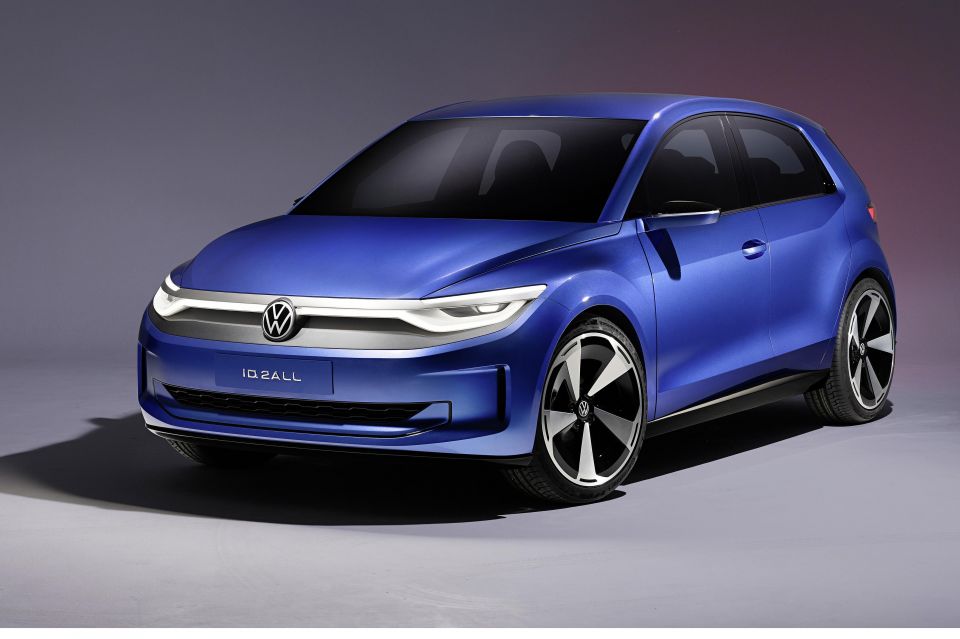
In addition to the upcoming Tiguan, the next Passat is also set to receive a more user-friendly interior. The updated Golf will also reportedly receive an interior rethink.
As part of the development process, Mr Schäfer says the brand considers what functions are the most important and therefore which need to be the most accessible.
“We rank them. What are the most important ones? Which ones need to go on buttons? Which one needs to go on the screen? First level, second level, third level? And where do you intuitively reach when you want to switch on the light?” he said.
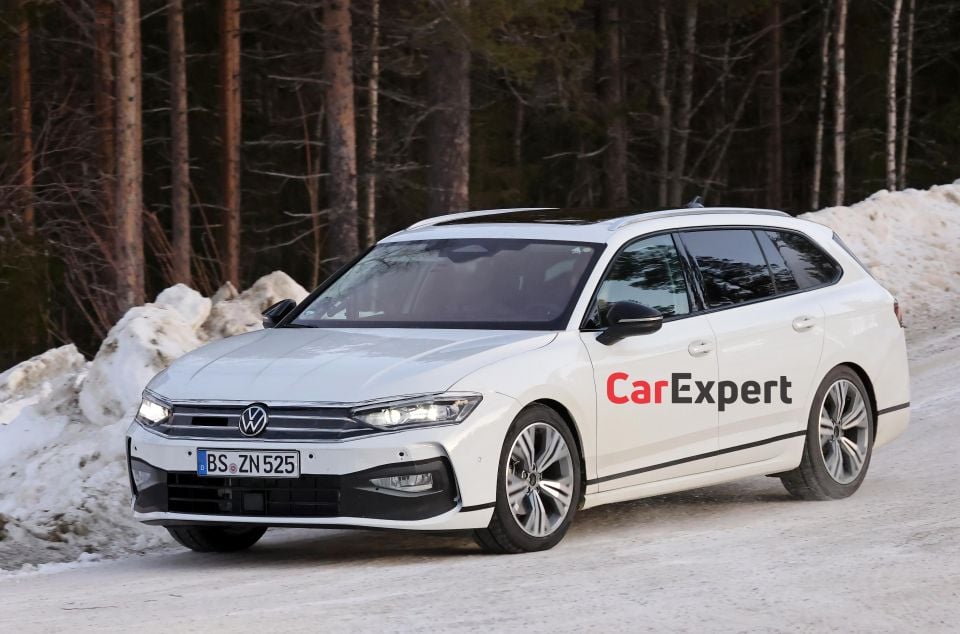
“Should it be a button? Should it be a switch? And then you can work on the aesthetics of it. When you do buttons, it’s better to do few buttons, but really nice buttons – like an aeroplane: what are the haptics of it?
“We worked through this with a massive team. It took us quite a bit of time. It was an Excel spreadsheet as big as a room, but you have to do that.”
Mr Schäfer has previously said the company has received feedback not only from customers, but also from clinics and from journalists.
He also acknowledged mistakes had been made with the company’s infotainment systems, with the latest-generation MIB3 system criticised for lag, bugs and useability issues. Software updates are being rolled out, with hardware updates due from early 2024.
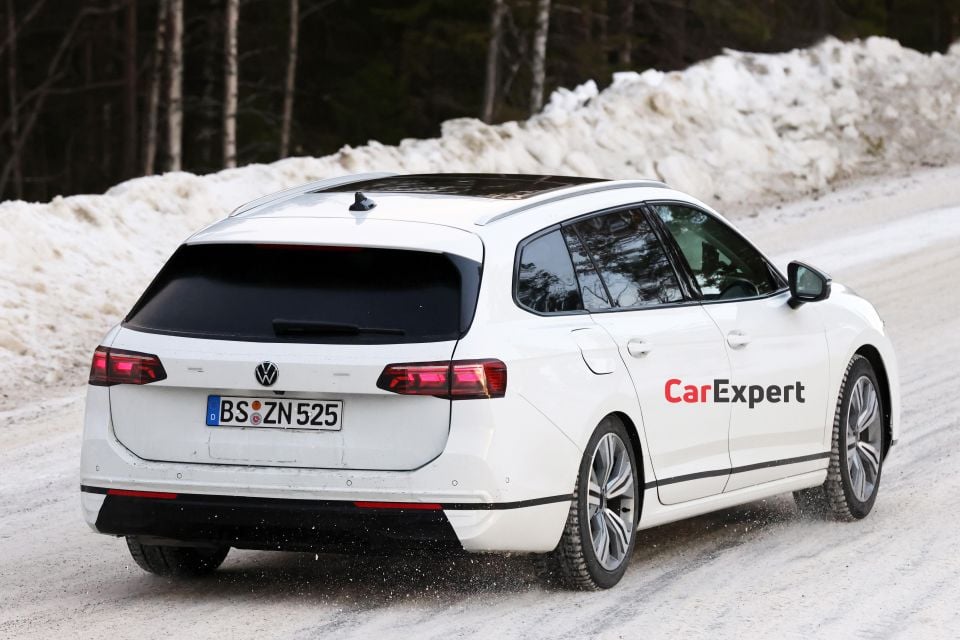
He also said the brand has, over the past few years, created confusion in its vehicles by moving essential switchgear around and being inconsistent across models.
Volkswagen isn’t the only brand to move away from touch-capacitive switchgear.
General Motors and Ford embraced touch-capacitive switchgear in the early/mid-2010s but began to phase it out after receiving criticism from owners.
Ford’s luxury brand Lincoln began introducing touch-capacitive controls for functions like climate control in 2011, but by 2013 it announced it was returning to buttons for these functions.
Where expert car reviews meet expert car buying – CarExpert gives you trusted advice, personalised service and real savings on your next new car.
William Stopford is an automotive journalist with a passion for mainstream cars, automotive history and overseas auto markets.


CarExpert.com.au
2 Hours Ago
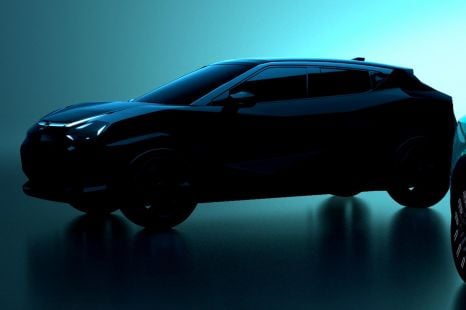

Damion Smy
16 Hours Ago
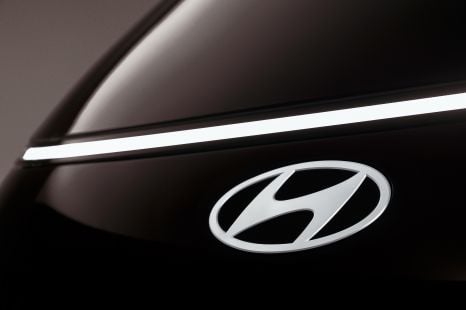

Damion Smy
19 Hours Ago


Damion Smy
23 Hours Ago


Damion Smy
1 Day Ago
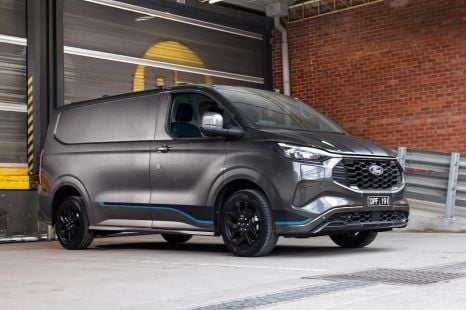

Damion Smy
1 Day Ago